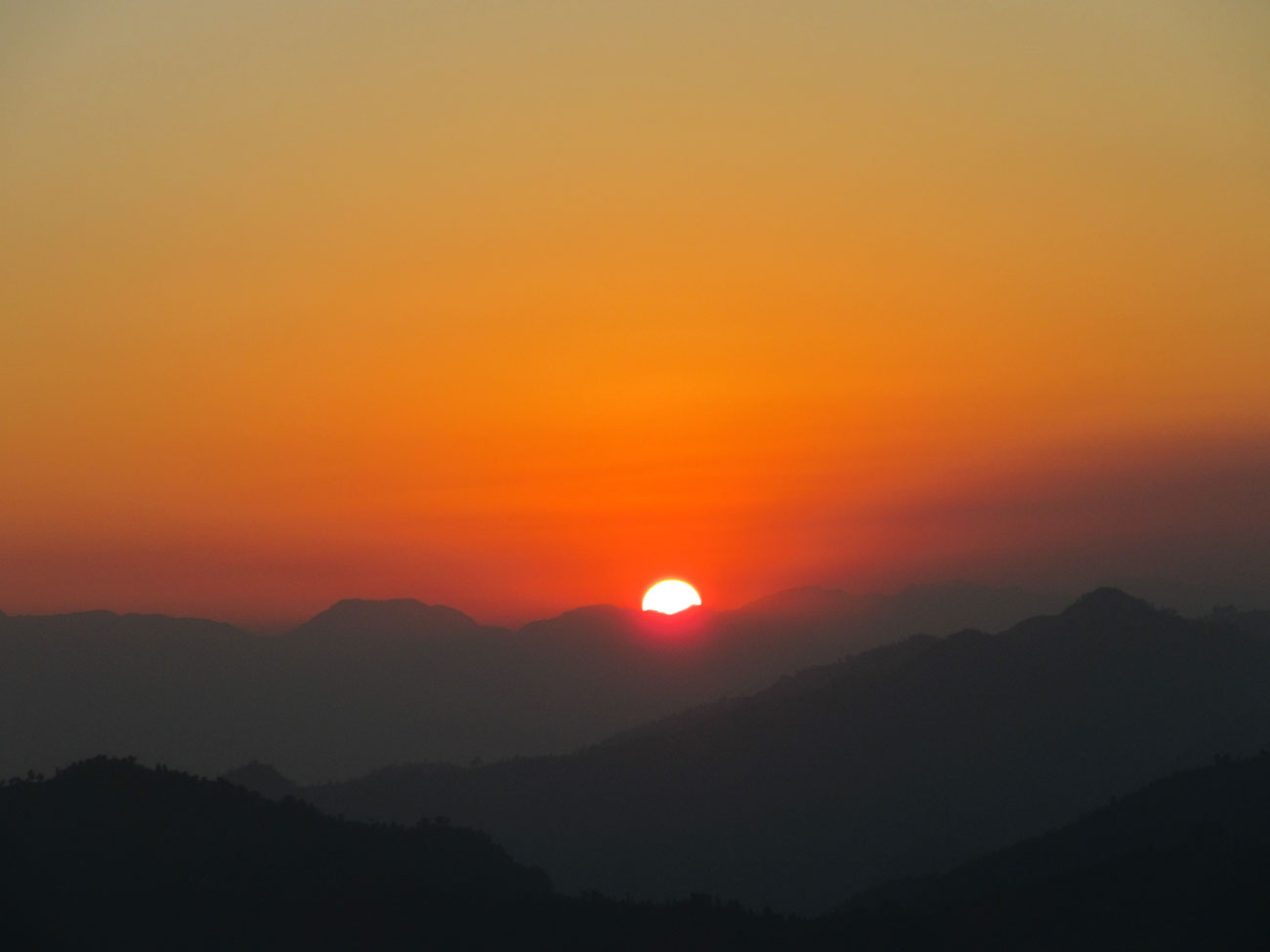Overview
Area : 305 sq km as a result of extension. Earlier area was 155 sq km.
Established : Gazetted in 1973 as Royal Sukla Phanta Wildlife Reserve. In 1969 it was declared as Royal Hunting Reserve and was a famous hunting area.
Suklaphant Wildlife Reserve which stand today as successful testimony of nature conservation in South Asia. This is the first National Park of Nepal established in 1973 to preserve a unique eco system significantly valuable to the whole world. The Park covering the protected area of 932 Sq. Km. is situated in the subtropical inner Terai lowlands of southern central part of Nepal. The Park gained much wider recognition in the world when UNESCO included this area on the list of World Heritage Site in 1984. It should also be emphasized that only a very small part of the national park is used for tourism.
The great majority of the land, particularly in the hills, remains unvisited and therefore undisturbed. This is ideal for wildlife, and also preserves an element of mystery for humans; because large areas are still unexplored, our knowledge of what birds and animals the park contains is by no means finalized, and there is always the possibility of making new discoveries.
Although the area of the Suklaphanta Reserve is small, it supports a wide range of biodiversity which is nationally and globally important. The vegetation types primarily include Sal forest, Sal savanna, which is part of a continuum between climax forest and grassland that is maintained by fire and floods. The open grasslands and numerous waterholes of the park is a vast expanse of plain meadows and Sal forests, while marsh vegetation is found along rivers and lakes. Extensive grasslands, Phantas, are located within the reserve. Main grass species include Imperative cylindrical and Saccharin heterologous, used extensively by the local people for thatching.
The park was initially reserved as a hunting area was later converted to the wildlife reserve to protect swamp deer, the sanctuary now shelters almost 2,000 swamp deer, around 50 wild elephants, and 30 tigers. Suklaphanta grassland is one of the last remaining habitats for such threatened animals as the hispid hare and the pygmy hog. Besides these, Suklaphanta is the stronghold for another endangered animal, the Barasingha, or swamp deer. Other wildlife of the park included spotted deer, also seen in large numbers, hog deer, Nilgai, wild dog, jackal, porcupine, and otter. The Suklaphanta Wildlife Reserve and the adjoining forest is the territory of a small number of tigers which because of open terrain are not uncommon to sight on the prowl. Wild elephants have also can be seen in the park.
The Suklaphanta wildlife reserve will be easily accessible by road from any parts of Nepal with the completion of the far-western sector of East-West Highway. The area has a tropical monsoon climate with four different seasons: winter, spring, summer, and monsoon. It is an ideal spot for game viewing and jungle safari for visitors. After the visiting this protected area, one may experience unique with a lifetime memory.
Location : Far western Terai in Kanchanpur District in Mahakali zone. The eastern boundary of this reserve is formed by the Chaudhar river by the International boundary pillars in the forest and partly by the Mahakali river.
Itinerary
-
-
Day 1: Pick up upon your arrival from your Arrival Station (Bus Station/ Airport)Briefing your Time table and Programs.
15:30 Walking Through the Tharu Village
17:00 Sunset view from reserve
18:30 Tharu Cultural Program
19:00 Dinner
Day 2: Today is the day of Jungle activities in Suklaphanta Wildlife Reserve. We design your whole days program Village Tour in ethnic Tharu Village, Jungle activities and Dinner.
05:30 -Wake up call
05:45 -Tea/Coffee
06:00 – Elephant Back ride
08:00 - Breakfast
09:00 - Canoe riding/ Swimming
13:00 - Lunch
15:00 - Elephant ride / Nature walk / Visit to observation tower
18:30 - Tharu Stick Dance/slide show19:30 - Dinner
Day 3: After wake up and refreshment you will have a cup of tea/coffee then take you for Bird watching, Breakfast, Elephant Briefing, Canoe riding, Jeep drive and Tharu Dance/ Slide Slow, Dinner.
05:30 - Wake up call
05:45 - Tea/Coffee
06:00 - Bird watching
08:00 - Breakfast
09:00 - Elephant briefing/ Canoe ride
13:00 - Lunch
15:30 - Jungle drive
18:30 - Slide show/Tharu sticks dance
19:00 - Dinner
Day 4: Today is the last day of this tour you will haveTea /Coffeethen Elephant back Safari after breakfast then drop you to the final departure.
5:30 - Wake Up
5:45 - Tea/Coffee
06:00 - Elephant Back Safari
08:00 - Breakfast
09:00 - Departure from the lodge
You may also like
Awesome Destinations of Nepal










